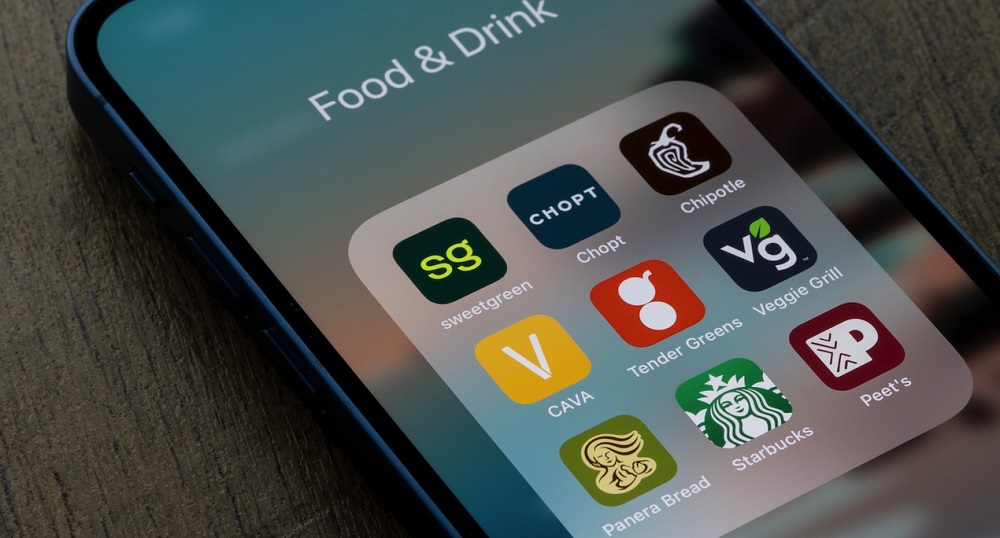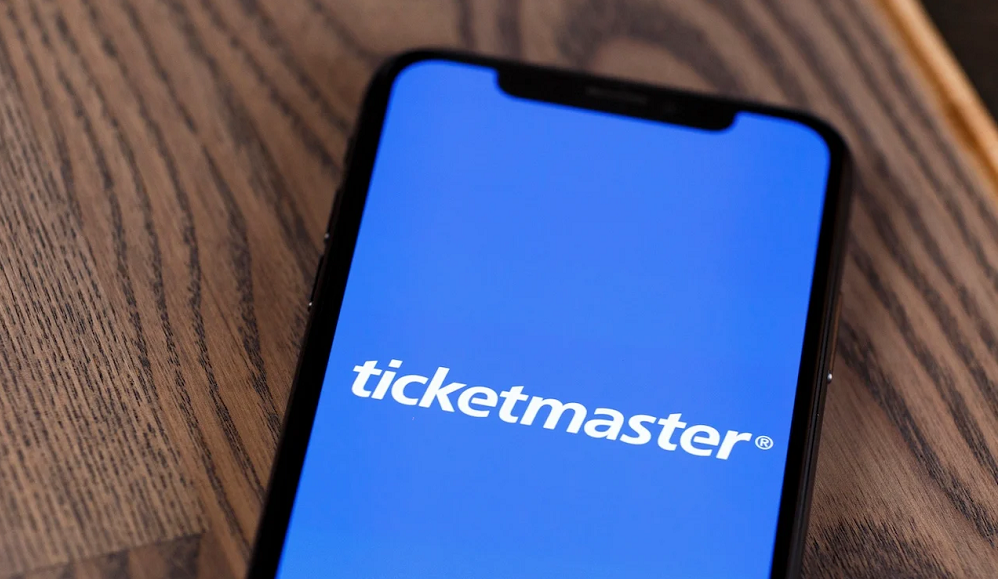Recent earnings reports of several e-commerce companies have caused many to wonder if pandemic fatigue will erase most of the new shopping behaviors that have emerged over the last two years. In today’s Insight Flash, we look at trends not only over the last year, but over the last three years for five high-profile e-commerce subindustries in both the UK and US: Grocery Delivery Services, Meal Kits, Online Retail – Broadlines, Ride-Sharing, and Video Streaming to assess how much consumer preferences for e-commerce have truly changed.
Department stores have been part of the American retail landscape for decades – but their role in consumers’ shopping routines is changing. We dove into foot traffic trends for leading mid-range and luxury brands to see how these iconic retailers are performing in this almost-post COVID world. COVID hit department stores particularly hard – even after non-essential business reopened, many consumers still avoided shopping indoors. By summer 2021, however, many brands, including Macy’s, Dillard’s, and Kohl’s, were nearing – and sometimes exceeding – pre-pandemic levels.
The top 10 quick-service restaurant apps in the U.S. were downloaded 9.95 million times in April, 4.75 percent more than those the month prior. Year-over-year in the month of April, downloads of the top 36 quick-service apps are up 20.9 percent. A download represents a new user and the first conversion on the mobile app customer’s journey. The biggest mover from a ranking perspective is KFC, moving up eight spots from No. 16 last month into the No. 8 spot this month
Beauty sales have seen seismic shifts over the last few years, with the pandemic limiting going out occasions, the rise of cult beauty, and subscription boxes taking share. Sephora and Ulta have tried to maintain share by entrenching themselves with mass merchants Kohl’s and Target (respectively). But as shoppers shift to more niche offerings, what has happened to the larger players? In today’s Insight Flash, we dig into channel trends, cross-shop, and price per item to understand what has changed and what may have stayed the same.
BeReal is the latest innovation in social media — with over 10 million lifetime downloads to date (May 10, 2022). In Q1 2022 alone, BeReal saw 3.3 million downloads worldwide, up 390% from Q4 2021. Founded by a former GoPro employee, Alexis Barreyat, the French-based app was first released on iOS and Google Play stores in January 2020 and is focused on fostering ‘real’ connections, championing a return to simplicity and authenticity
In April 2022, Chinese ecommerce giant Shein closed a funding round that valued the company at $100 billion. Shein has experienced a meteoric rise in the U.S. fast fashion market, with its sales overtaking established competitors such as H&M and Zara during the COVID-19 pandemic. Using U.S. consumer spending data, we analyzed how Shein sales have boomed over the past few years, as well as how other fast fashion companies have fared.
While some video streaming platforms have been in the news recently for implementing ad-supported tiers or experiencing declining subscriber counts, an analysis based on Bloomberg Second Measure’s alternative dataset shows that as of March 2022, major music streaming subscription services like Spotify (NYSE: SPOT) and Amazon Music continued seeing subscriber growth in the U.S. for their paid subscription plans. Between these two music streaming companies, Spotify also had the higher customer retention rate.
Following a strong 2021, the impact of inflation and rising prices have now reached the home improvement sector. We dove into location analytics data for leading retailers to understand whether the pandemic-induced surge has finally come to an end and what lies ahead for these categories. The home improvement sector was one of the biggest retail winners of 2020 and 2021, as consumers stuck at home – or moving home – invested heavily in their living space.
Tesla, the world’s most famous electric vehicle giant, reported its first-quarter performance on April 20th, with impressive margins and increasing sales. The company detailed revenues of $18.76 billion and $2.86 in earnings per share, up from $10.389 billion in revenue and 93 cents in earnings per share in Q1 2021. On the company’s earnings call, CEO Elon Musk said the company plans to bring a dedicated robotaxi to market by 2024. The dedicated robotaxi will be highly optimized for autonomy, meaning it would not have a steering wheel or pedals.
Following the conclusion of their studies, many fresh law graduates apply to state and federal clerkships with the hopes of serving directly under a judge in preparation for a lucrative career. But how do these prestigious appointments impact law graduates’ earnings over the course of their careers? The number of law graduates has been steadily declining over the past decade. In fact, Law School Transparency – an advocacy group focusing on the legal profession – reports that the number of law school applicants has decreased by as much as 23% since 2010.
When we last dove into the performance of Walmart and Target, the writing was already on the wall – both brands were positioned for a strong 2022. And a few months into the year, it appears that this prediction – albeit not bold – was very much on point. Looking at visits for both retailers through the beginning of 2022 showed a significant year-over-year jump in visits. Walmart has averaged a 4.9% monthly visits increase compared to the equivalent months in 2021, while Target has seen a 6.1% average monthly increase.
The American Revolution. Isaac Newton discovering gravity. The Continental Congress adopting the Declaration of Independence. What do all of these events have in common? They happened after Friedrich Jacob Merck took control of the Engel-Apotheke, which would eventually become one of the world’s biggest pharmaceutical companies. If that name doesn’t ring a bell, maybe its current one does: Merck. Yes, that Merck—the same one that reported $48.7b in sales last year.
First-time downloads of ‘pandemic-winning’ mental wellness apps in the U.S were 15% lower this April than in April 2019. By contrast, downloads in April 2020 were up 21% YoY from April 2019, which kicked off investor interest in the category. From June 2020 to May 2021, Calm, Headspace, Noom and Talkspace raised $963M in private equity and venture funding. BetterHelp, which we also included in this market, has been privately held by Teladoc since 2016.
Monthly active users of the top entertainment ticketing apps in the United States are up 511% year-over-year in the first quarter. Remember the trauma from 2020 when all events, including Taylor Swift, Doja Cat, and BTS concerts, kept getting canceled or rescheduled? The ticket marketplace was the only industry that felt the pandemic induced frustration more than you did. As the global entertainment industry took a massive hit due to state-imposed lockdowns, event ticket resale companies witnessed a record fall in downloads and active users.
Inflation poses a challenge for the financing of commercial real estate. As inflationary pressure pushes up interest rates, the cost to finance commercial real estate investments can increase as well. U.S. commercial mortgages originated in 2021 had an average 3.7% coupon rate for 7/10-year fixed rate products. Into March of this year, this rate had climbed to 4.3%, an extra 60 basis points. Increases in other rate instruments could foretell further commercial rate increases if traditional relationships hold moving forward.
Off-price stores, which sell branded clothing at a discount, have overperformed compared to the wider apparel sector throughout the pandemic. Much like the grocery segment, this market seemed to thrive in an uncertain world. Now, with a new set of challenges – including inflation, gas prices, and supply-chain disruptions – impacting almost all retail segments, we checked in with the category to see how it’s holding up. When COVID’s retail impact first began, the future of retail seemed uncertain.
The CoreLogic Loan Performance Insights report features an interactive view of our mortgage performance analysis through February 2022. Measuring early-stage delinquency rates is important for analyzing the health of the mortgage market. To more comprehensively monitor mortgage performance, CoreLogic examines all stages of delinquency as well as transition rates that indicate the percent of mortgages moving from one stage of delinquency to the next.
Over the last few months, rising inflation, soaring fuel prices, and additional rollbacks to COVID-19 restrictions (even as new waves of cases come in) have dramatically shifted consumer spending. In today’s Insight Flash, we look at how share of wallet across income groups has changed in the last few months. Over the last four weeks, the highest share of wallet skew has been among low income shoppers (those making less than $40,000 per year). This group has spent 3.8 times as large a percentage of their wallet on Dollar Stores as our panel average.
When indoor malls saw a return to growth in October 2021, there was a sense of a turning tide for one of the key institutions in brick and mortar retail. Yet, comparisons to pre-pandemic holiday seasons and the rise of Omicron alongside a myriad of other challenges stunted that development. The traffic declines continued into 2022, driven largely by those same factors. Yet, already in March, weekly data started showing a shift with visit rates improving amidst a trend of normalizing behaviors.
ATTOM’s newly released Best Days to Sell A Home Analysis reveals that the months of May, June and July offer seller premiums of 10 percent or more above market value, based on home sales over the past 11 years – with the top 15 best days to sell in the month of May alone. According to ATTOM’s latest analysis of more than 46 million single family home and condo sales between 2011 and 2021, the Spring and Summer months continue to prove more profitable for home sellers.




























































